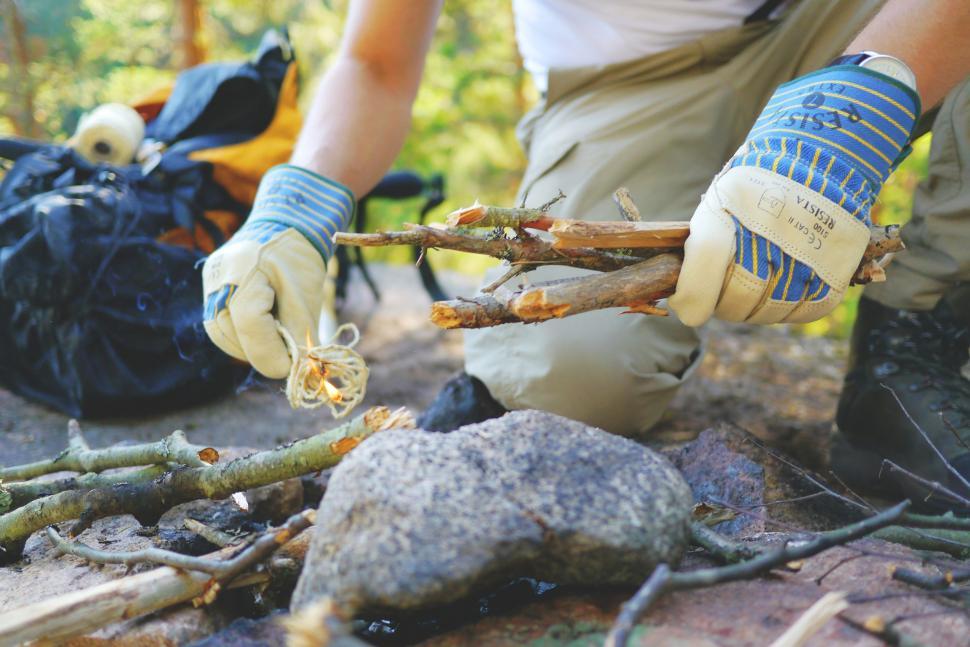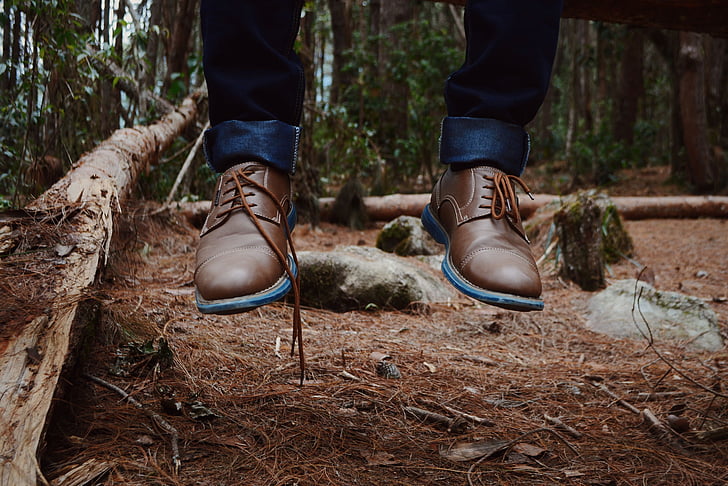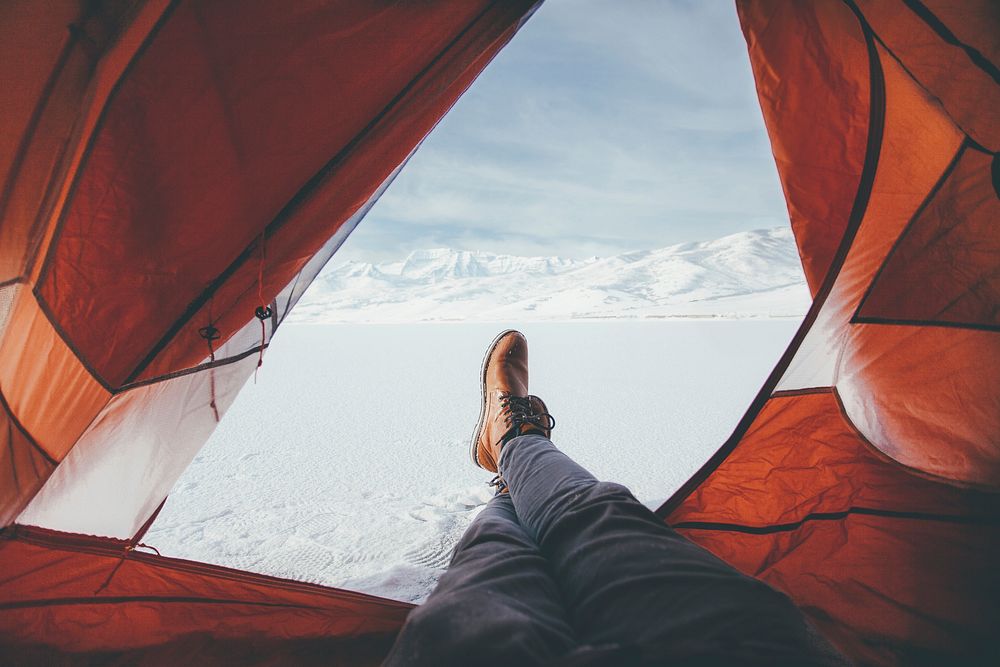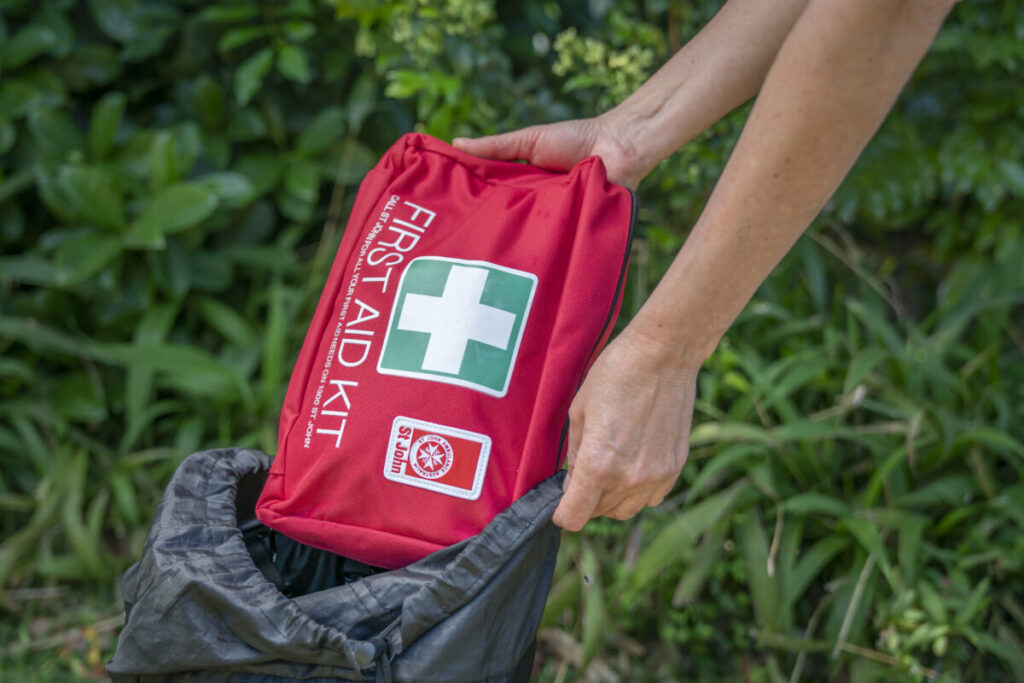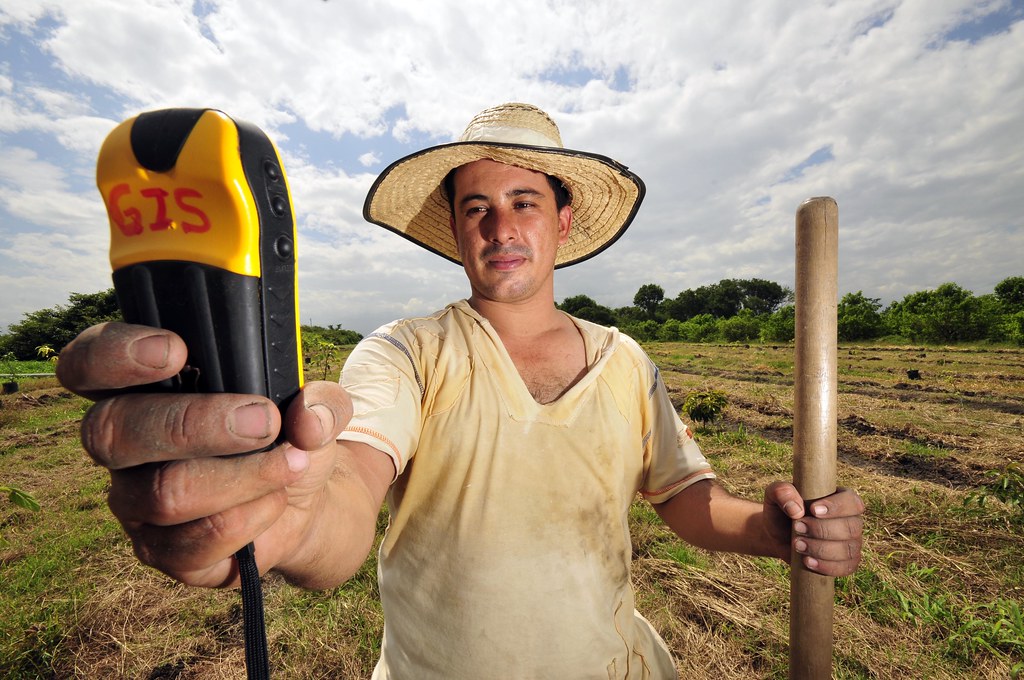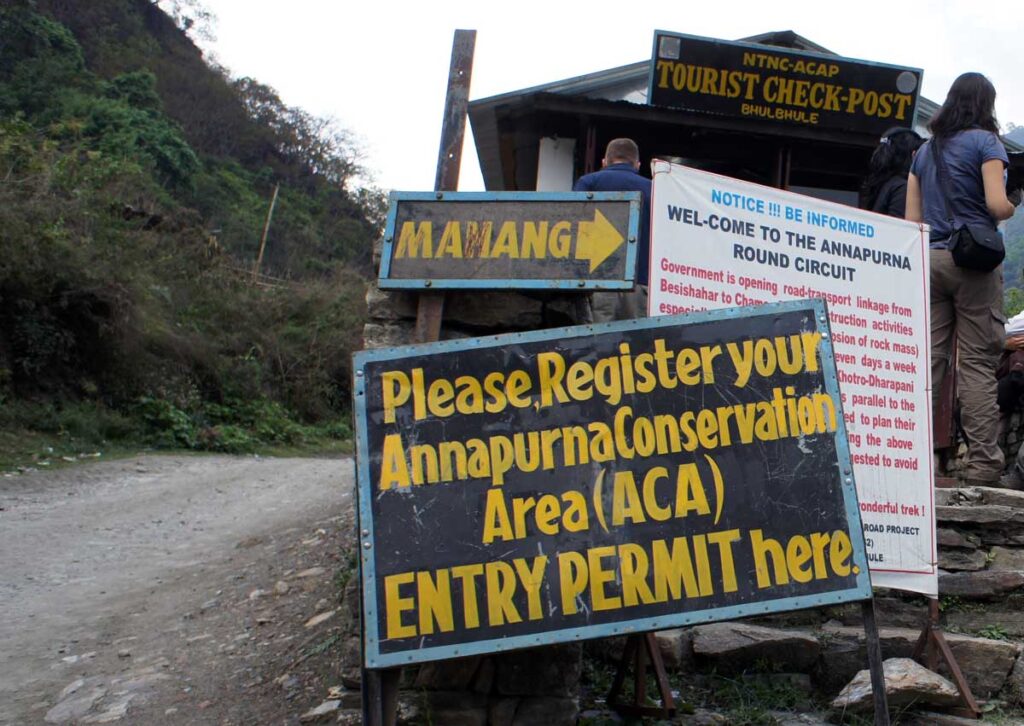Things To Carry For Kedarkantha Trek
Introduction
Embarking on the Kedarkantha trek is an adventure that promises breathtaking views, serene landscapes, and a true taste of the Himalayas. However, the key to enjoying this trek lies in thorough preparation, and that starts with packing the right gear. Whether you're a seasoned trekker or a first-timer, knowing what to carry for the Kedarkantha trek is crucial to ensure your comfort, safety, and overall experience. From essential clothing and sturdy footwear to must-have equipment and personal items, this guide will help you pack efficiently for one of the most rewarding treks in India. By being well-prepared, you can fully immerse yourself in the beauty of the trail without worrying about what you might have left behind.
Conclusion
As you prepare for the Kedarkantha trek, packing thoughtfully and strategically is essential to ensure a safe and enjoyable journey. The right gear can make all the difference, helping you tackle the challenges of the trail while fully embracing the stunning beauty of the Himalayas. By following this comprehensive packing guide, you’ll be equipped to handle varying weather conditions, navigate the rugged terrain, and take care of your health and comfort along the way. With everything in place, you can focus on the adventure ahead, creating memories that will last a lifetime. Happy trekking!
Hello! I’m,Ratndip a dedicated trekking enthusiast with a deep love for exploring the world’s most captivating trails. With over 2 years of trekking experience, I’ve had the privilege of hiking through stunning landscapes, from the majestic Himalayas to the lush Amazon rainforest. My journey into trekking started as a personal quest for adventure and has evolved into a lifelong passion for discovering new terrains and connecting with nature.
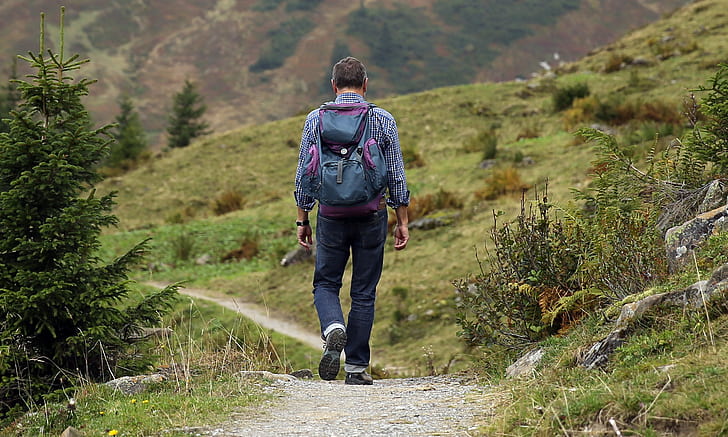 walking
walking